Native American monuments stand as powerful testaments to the rich and diverse cultures, histories, and contributions of Indigenous peoples throughout the United States.
These monuments, scattered across the country, embody the spiritual connections, resilience, and enduring legacies of Native American tribes and nations.
From monumental sculptures and ancient archaeological sites to sacred landscapes and museums dedicated to preserving Indigenous heritage, these monuments offer profound insights into the profound connections between Indigenous peoples and the land they have inhabited for thousands of years.
Each monument tells a story, whether it’s of ancient civilizations like the Ancestral Puebloans or the struggles and triumphs of contemporary Native American communities.
Through these monuments, visitors can gain a deeper understanding of Native American history, culture, and perspectives, fostering appreciation, respect, and dialogue across cultures and generations.
Top 10 Best Native American Monuments
Native American monuments across the United States serve as important reminders of Indigenous cultures, histories, and contributions.
Here are 10 noteworthy monuments:
1. Crazy Horse Memorial (South Dakota)
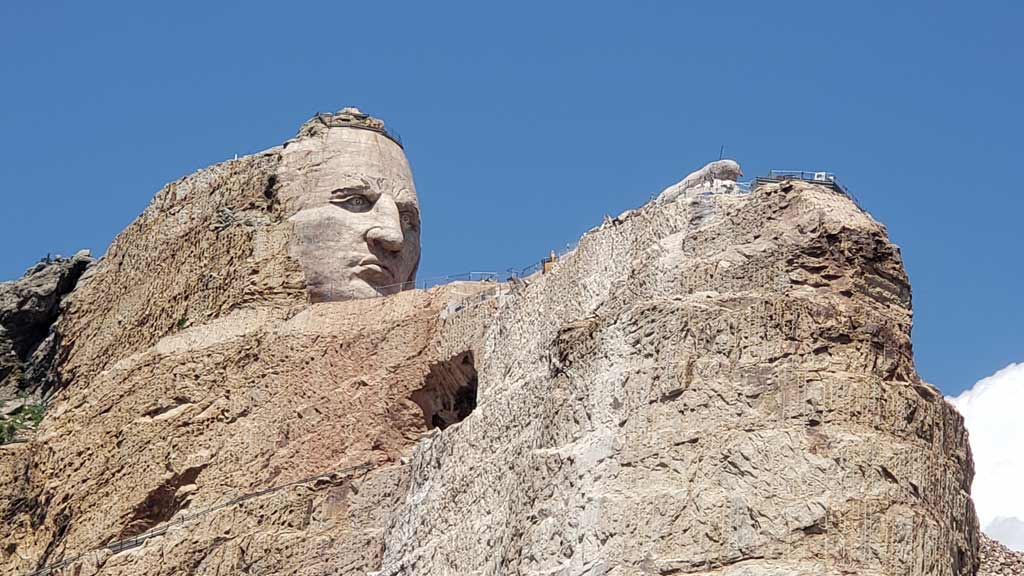
Situated in the Black Hills, the Crazy Horse Memorial is a colossal sculpture carved into Thunderhead Mountain. It honors Crazy Horse, a revered Lakota leader who fought against the encroachment of white settlers on Native American lands.
Started by sculptor Korczak Ziolkowski in 1948, the monument is a work in progress, funded entirely by private donations and admission fees.
When completed, it will depict Crazy Horse mounted on his horse, pointing symbolically into the distance.
The monument also includes the Indian Museum of North America and the Native American Educational and Cultural Center, offering insights into Native American history and culture.
2. Mount Rushmore National Memorial (South Dakota)
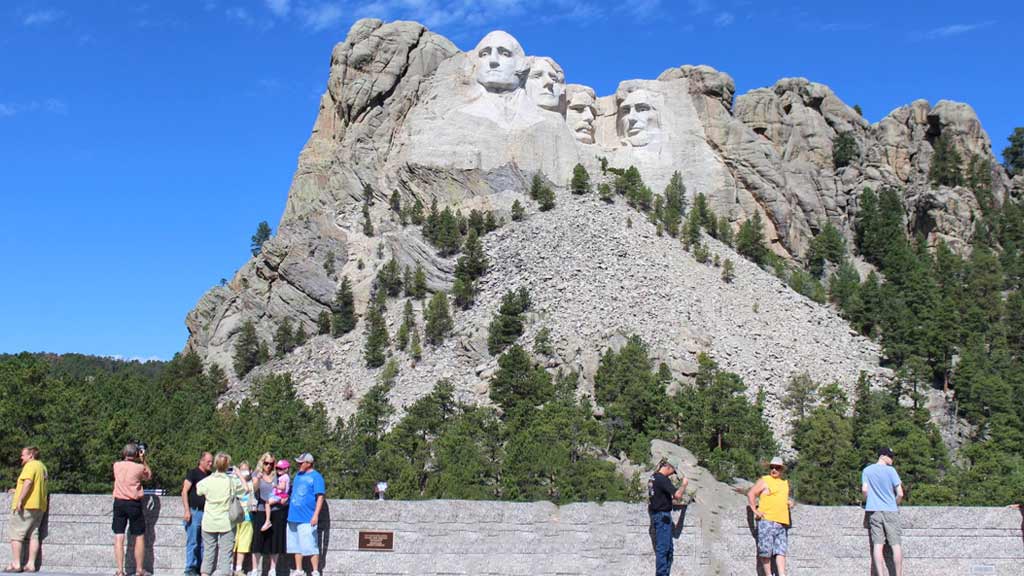
Carved into the granite face of Mount Rushmore in the Black Hills, this iconic monument features the likenesses of four U.S. presidents: George Washington, Thomas Jefferson, Theodore Roosevelt, and Abraham Lincoln.
While not specifically a Native American monument, its location on land considered sacred by the Lakota Sioux has led to ongoing protests and controversies. Some Native American activists view it as a symbol of colonialism and the displacement of Indigenous peoples.
3. Monument Valley Navajo Tribal Park (Arizona/Utah)
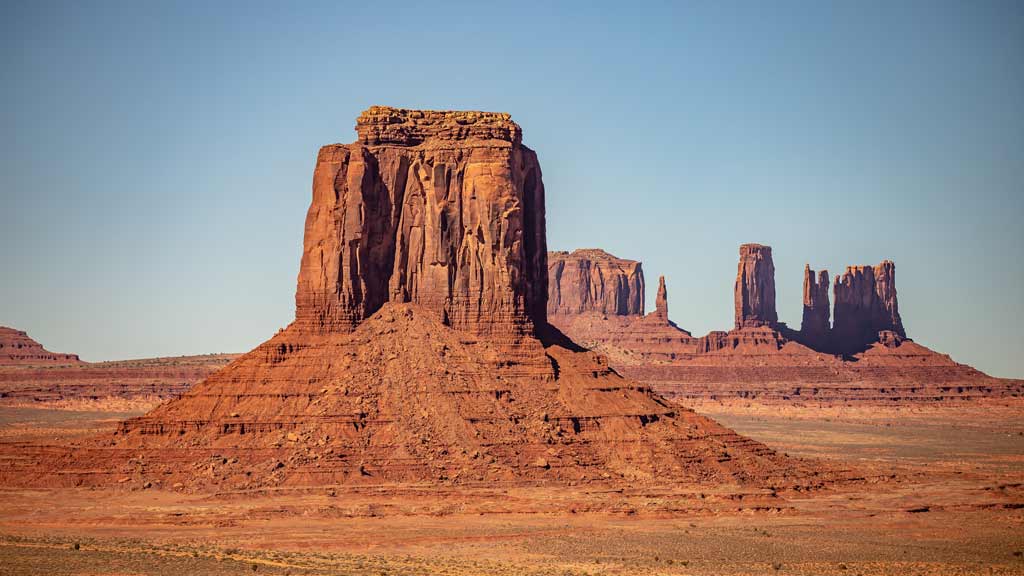
Nestled within the Navajo Nation, Monument Valley is renowned for its dramatic sandstone formations, including towering buttes, mesas, and spires.
These majestic landmarks have been featured in countless films, television shows, and advertisements, becoming iconic symbols of the American West.
However, they hold deep spiritual significance for the Navajo people, who consider the valley a sacred place associated with their creation stories and traditional ceremonies.
4. Cahokia Mounds State Historic Site (Illinois)
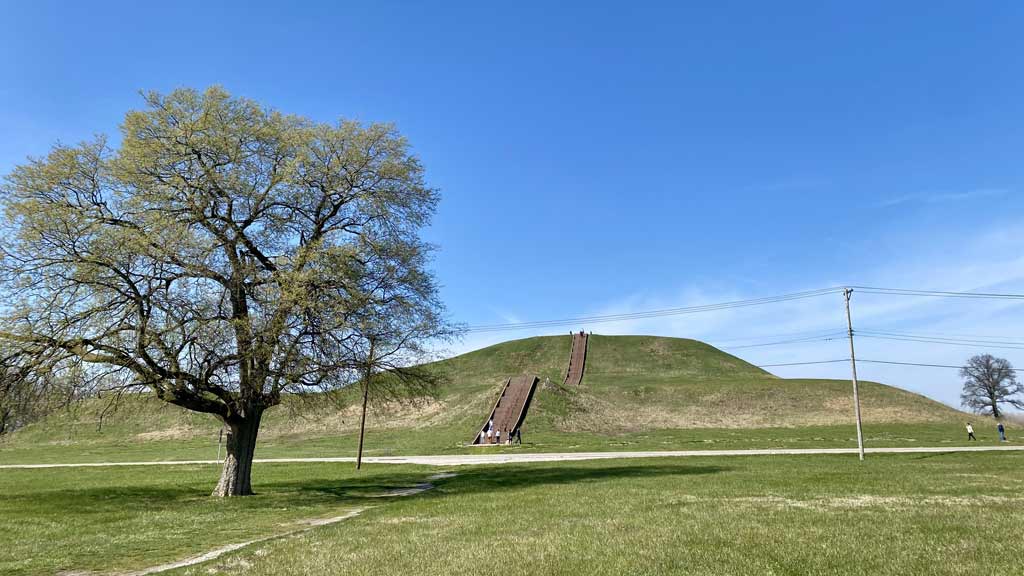
Located near present-day Collinsville, Illinois, Cahokia was once the largest pre-Columbian city north of Mexico.
At its peak around 1100 CE, it was home to an estimated 10,000 to 20,000 people and featured a complex urban center with monumental earthen mounds, plazas, and residential areas.
The site’s largest mound, Monk’s Mound, is the largest prehistoric earthen structure in the Americas, covering over 14 acres at its base and rising nearly 100 feet high.
Cahokia’s decline around 1350 CE remains a subject of archaeological debate, but its legacy endures as a testament to the ingenuity and complexity of ancient Indigenous civilizations in North America.
5. Chaco Culture National Historical Park (New Mexico)
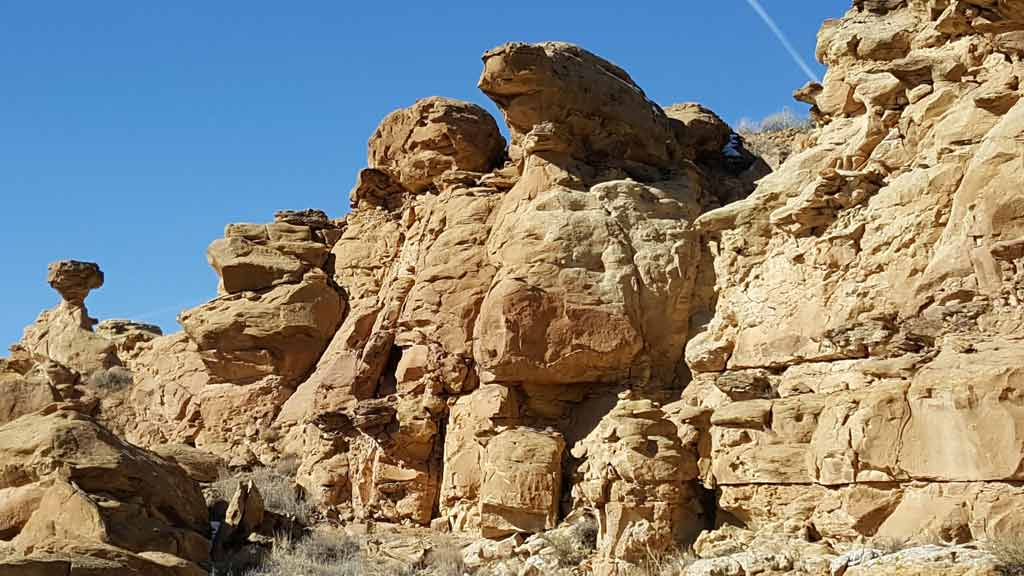
Located in northwestern New Mexico, Chaco Canyon was the ceremonial and economic center of the ancestral Puebloan culture between the 9th and 13th centuries CE.
The park preserves numerous ancient pueblos, kivas (underground ceremonial chambers), and astronomical features, indicating a sophisticated understanding of architecture, engineering, and astronomy.
The Great Kiva at Casa Rinconada and the intricately designed Pueblo Bonito are among the park’s most impressive archaeological sites. Chaco Canyon’s significance as a cultural and spiritual landscape is recognized by many Native American tribes in the region.
6. Taos Pueblo (New Mexico)
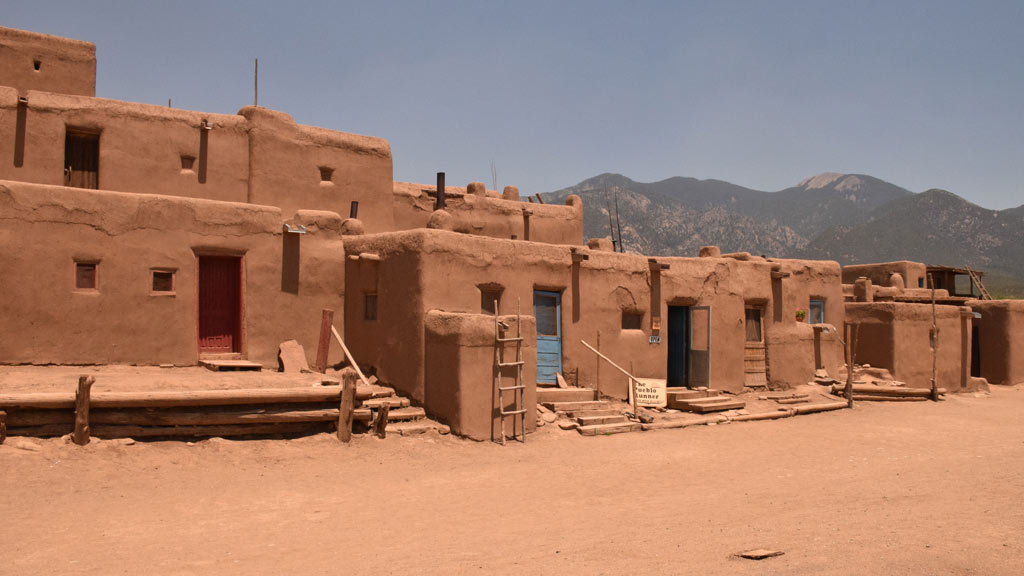
Situated in the high desert of northern New Mexico, Taos Pueblo is one of the oldest continuously inhabited communities in the United States.
The multi-story adobe buildings of the pueblo, some of which date back over 1,000 years, stand as a testament to the enduring traditions and resilience of the Taos people.
Taos Pueblo is recognized as both a UNESCO World Heritage Site and a National Historic Landmark, attracting visitors from around the world who come to admire its architecture, art, and rich cultural heritage.
7. Trail of Tears National Historic Trail (Various States)
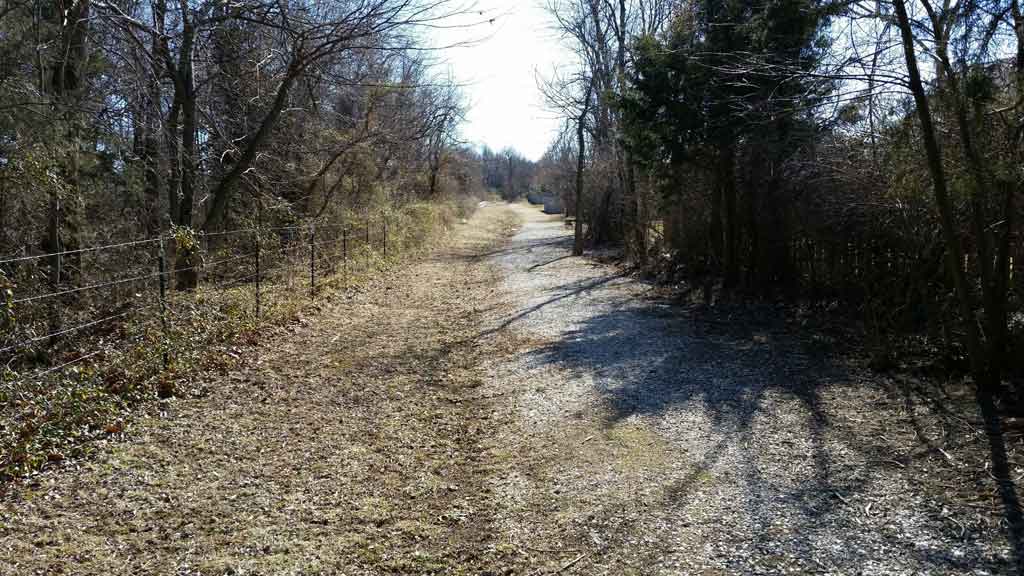
Designated by Congress in 1987, the Trail of Tears National Historic Trail commemorates the forced removal of several Native American tribes, including the Cherokee, Choctaw, Creek, Seminole, and Chickasaw, from their ancestral homelands in the southeastern United States to Indian Territory (present-day Oklahoma) in the 1830s.
The journey, marked by hardship, disease, and death, resulted in the loss of thousands of lives and forever altered the cultural landscape of Native peoples in the region.
Today, the trail serves as a reminder of the profound impact of government policies on Indigenous communities and their enduring resilience in the face of adversity.
8. Devils Tower National Monument (Wyoming)
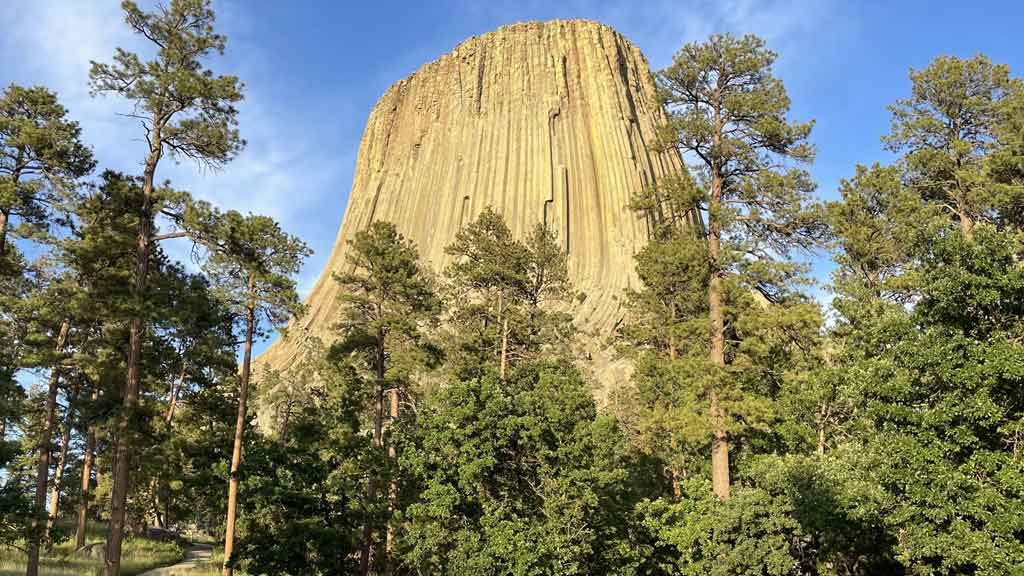
Rising over 1,200 feet above the surrounding landscape, Devils Tower is a striking geological feature located in northeastern Wyoming.
Sacred to many Plains Indian tribes, including the Lakota, Cheyenne, and Crow, the tower is known as “Bear Lodge” or “Bear’s Tipi” in Indigenous languages.
Numerous Native American tribes have cultural and spiritual connections to the tower, which is the centerpiece of annual ceremonies and gatherings.
Devils Tower is also a popular destination for rock climbing enthusiasts, who come to test their skills on its sheer cliffs and unique rock formations.
9. The National Museum of the American Indian (Washington, D.C./New York)
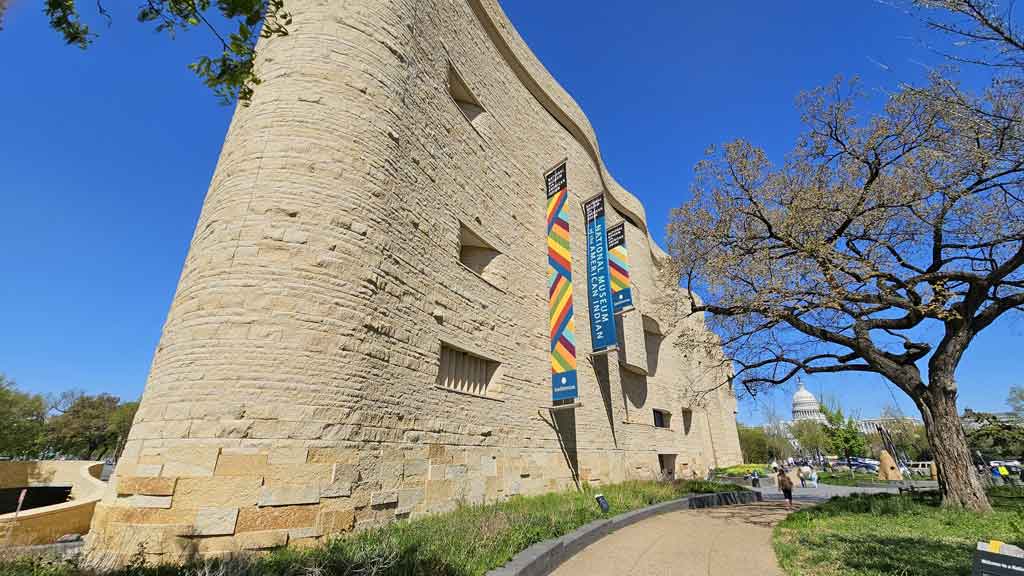
Established by an act of Congress in 1989, the National Museum of the American Indian is dedicated to advancing knowledge and understanding of the Native cultures of the Western Hemisphere.
With locations in Washington, D.C., and New York City, the museum houses an extensive collection of artifacts, artworks, and historical objects representing Indigenous peoples from North, Central, and South America.
Through exhibitions, educational programs, and community outreach initiatives, the museum seeks to promote dialogue, respect, and appreciation for Native American history, art, and culture.
10. Mesa Verde National Park (Colorado)
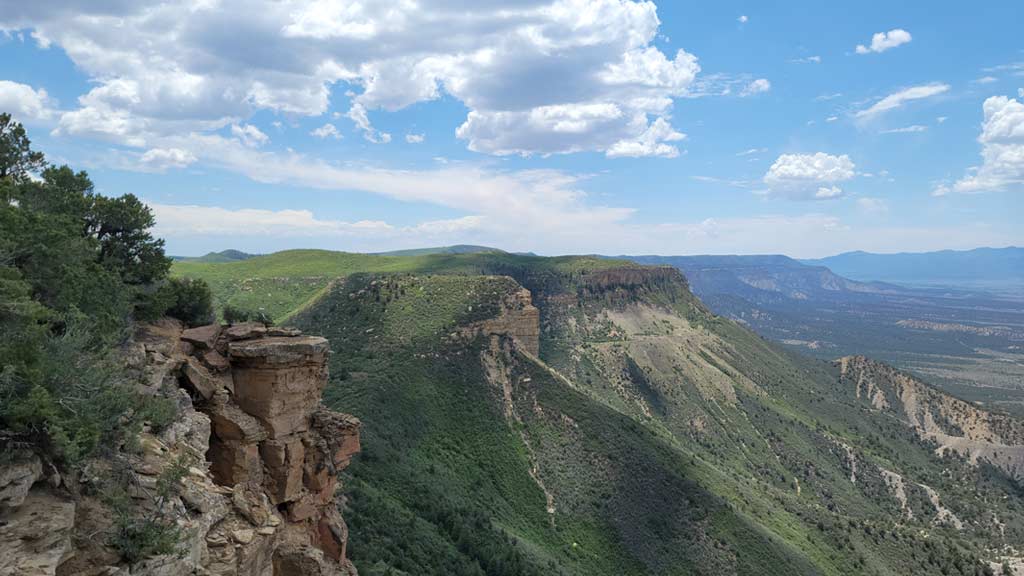
Located in southwestern Colorado, Mesa Verde National Park preserves some of the most notable and best-preserved archaeological sites in the United States.
The park is renowned for its cliff dwellings, which were built by the Ancestral Puebloans (also known as the Anasazi) between the 6th and 13th centuries CE.
These impressive stone structures, including Cliff Palace, Balcony House, and Spruce Tree House, provide valuable insights into the daily lives, architecture, and cultural practices of the ancient Puebloan people.
Mesa Verde was designated a UNESCO World Heritage Site in 1978 in recognition of its outstanding cultural and historical significance.
FAQs
What are Native American monuments?
Native American monuments are physical structures, sites, or landmarks that commemorate Indigenous cultures, histories, and contributions in the United States.
These monuments can include sculptures, archaeological sites, museums, and natural landscapes with cultural significance to Native American tribes and nations.
Why are Native American monuments important?
Native American monuments are important because they preserve and celebrate the diverse heritage and legacies of Indigenous peoples.
They serve as reminders of the rich cultural traditions, spiritual connections to the land, and historical experiences of Native American communities.
These monuments also provide opportunities for education, reflection, and dialogue about Indigenous histories and contemporary issues.
Where can you find Native American monuments?
Native American monuments can be found throughout the United States, ranging from national parks and historic sites to urban museums and tribal lands.
Some notable locations include the Southwest’s ancient ruins, such as Mesa Verde National Park, and iconic landmarks like the Crazy Horse Memorial in South Dakota.
What types of Native American monuments exist?
Native American monuments come in various forms, including:
- Archaeological sites: such as ancient ruins, petroglyphs, and earthworks.
- Sculptures and memorials: like the Crazy Horse Memorial and Mount Rushmore.
- Cultural centers and museums: such as the National Museum of the American Indian.
- Sacred landscapes: like Monument Valley Navajo Tribal Park and Devils Tower National Monument.
Jaclyn Lowe